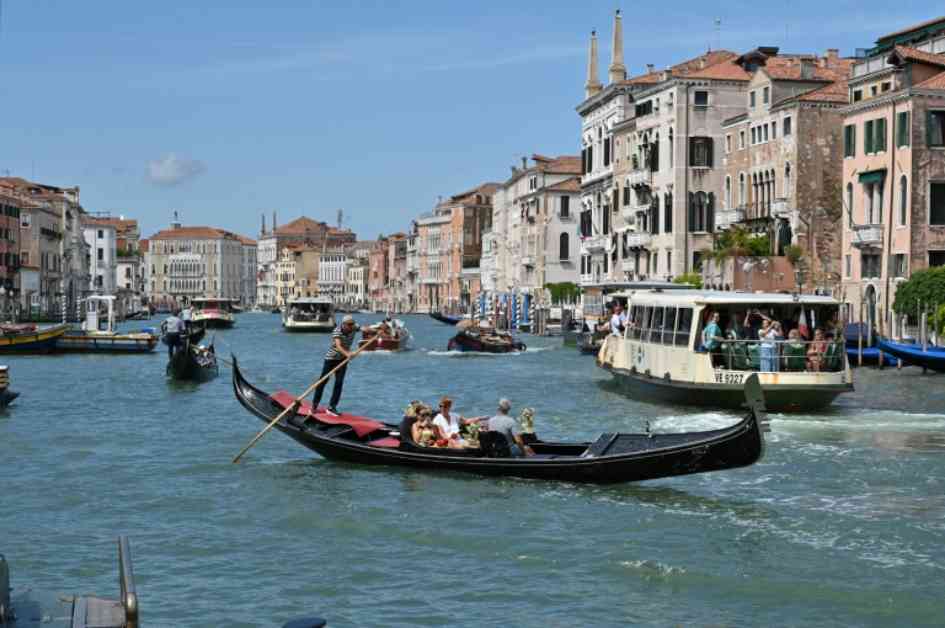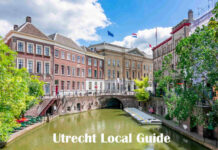Venice’s Tourism Dilemma: Balancing Preservation and Popularity
Venice, the timeless city of canals and gondolas, has long grappled with the double-edged sword of tourism. From the devastating impacts of climate change to the strain of mass visitors on its delicate infrastructure, the city has faced it all. Now, in a bold move to address the challenges of overtourism, local authorities have taken a controversial step that could reshape the future of tourism in this iconic destination.
A Costly Step to Preserve Venice’s Charm
In 2024, Venice implemented a modest entry fee of €5 to manage the influx of tourists and protect its UNESCO World Heritage status. The fee aimed to deter visitors during peak seasons and minimize damage to the historic city. However, after just one year, officials decided to up the ante.
Recent reports reveal that the entry fee for last-minute visitors has now doubled to €10, with an extended application period spanning 54 days from April to July. This increase aims to strike a balance between welcoming tourists and safeguarding Venice’s fragile ecosystem. While early bookers can still enjoy a discounted rate, those who arrive without prior payment will face the higher fee.
Local officials defend this move as essential to preserving Venice’s cultural and environmental heritage. They point to the interest shown by other cities, both in Italy and abroad, as a sign of the potential effectiveness of this measure. A spokesperson for the Venice tourism office stated, ‘Several institutional bodies have reached out to us to gain insights into our entry fee policy.’
Following Global Trends in Tourism Management
Venice is not alone in its efforts to regulate tourism through financial measures. Cities worldwide, from Barcelona to Bali, have implemented similar strategies to address the challenges of mass tourism. Barcelona levies a tourist tax on hotel stays, while Greece and Bali have introduced entrance fees and taxes to control visitor numbers.
Kyoto, Japan, recently raised its hotel lodging tax significantly, while Zermatt, Switzerland, has implemented measures to manage tourist flow. Even remote destinations like the Galapagos Islands now charge steep entrance fees to protect their unique ecosystems. These global trends reflect a growing awareness of the need to balance tourism revenue with environmental preservation.
Local Resistance to Venice’s Transformation
Despite the financial benefits brought by the entry fee, not all Venetians are on board with the idea. Reports indicate that the fee increase has sparked protests among locals, who fear that turning Venice into a pay-to-enter destination will strip away its romantic charm and authenticity. One activist, Matteo Secchi, voiced his concerns, stating, ‘Charging an entrance fee transforms Venice into a theme park. This is a bad image for our city.’
The Broader Issue of Overtourism
Venice’s struggle with overtourism is part of a larger global phenomenon affecting cities like Barcelona, Paris, and Amsterdam. These popular destinations face overcrowding, environmental degradation, and cultural erosion due to the sheer volume of visitors. A 2018 report by the European Parliament highlighted the pollution challenges Venice faces as a result of increased tourism.
As cities worldwide grapple with the impacts of overtourism, authorities are exploring various strategies to manage visitor numbers. From entrance fees to Airbnb regulations, the goal is to strike a delicate balance between preserving heritage sites and meeting the demands of a growing tourism industry. Venice’s recent policy shift may set a precedent for other cities facing similar challenges in the future.
In conclusion, Venice’s decision to increase entry fees reflects a broader trend in global tourism management. By balancing financial incentives with environmental protection, cities can work towards a sustainable future for both visitors and residents. As the world navigates the complexities of overtourism, finding innovative solutions like Venice’s entry fee may be crucial to preserving our most cherished destinations for generations to come.













